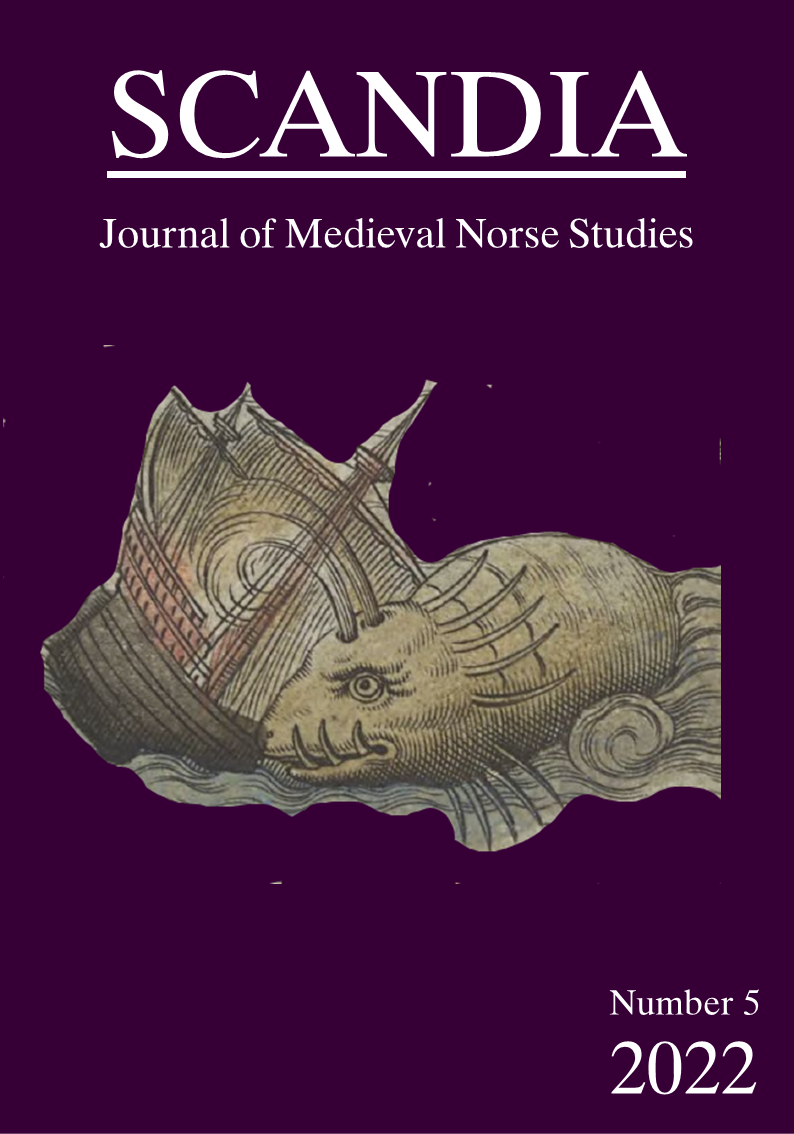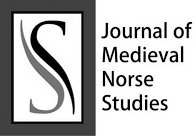HUMAN AFTER ALL: EMOTIONS IN VIKING AGE MUSEUM EXHIBITIONS
Abstract
The characters from the Icelandic sagas have been referred to as cold, unfeeling, and lacking emotion. However, people in the Viking Age were far from emotionless. Emotion is increasingly becoming acknowledged as a concrete part of human history and experience. In recent years, interest in and acknowledgement of emotions from the past has continued to grow and become accepted in the field of academia. This article examines how emotion is portrayed in, or absent from, exhibits covering people from the Viking Age through three Icelandic case studies: The National Museum of Iceland (a principal museum), The Settlement Exhibition (an accredited museum), and The Saga Museum (a non-accredited museum). We explore textual, visual, and other sensory representations within the exhibits through the lens of emotion studies and museology. We intend to look at how emotion has been assigned to the subjects of the exhibitions, and how the lack of attending to emotions in Viking Age exhibitions has the potential to foster the dehumanization of people from the Viking Age. Our aim, through the analysis of the case studies, is to recognize and analyze the attempts to include a complex emotional spectrum that characterizes the historical, but above all human, subjects portrayed in the exhibitions.
Downloads
Downloads
Published
Issue
Section
License
The author (s) of the original submitted undertake to comply with the following:
- All authors are publicly responsible for it.
- The authors claim that this original is their own and that they assume full responsibility to third parties, whether moral or patrimonial, by reason of its content, stating that the work does not infringe any intellectual property rights of third parties.
- The author (s) agree to the copyrights of the original to Scandia Journal, to which they grant permission for its reproduction, editing and online publication.
- The author (s) grant their copyright of their original to the Scandia Journal, licensed under the Creative Commons Attribution License, which allows the sharing of this work with the acknowledgment of their authorship.
- The author (s) have permission and are encouraged to cite and distribute their original.



